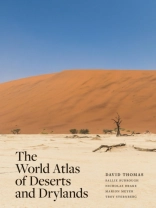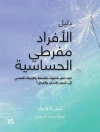A richly illustrated atlas of the world’s deserts and drylands, their ecosystems, and their environments
Deserts and drylands account for more than 40 percent of land on our planet. Characterized by a lack of water and extreme temperatures, they are the result of atmospheric stability, large landmass characteristics, rain shadows, and cold ocean currents. They appear harsh and hostile, but deserts and drylands are also exceptionally beautiful environments. Desert ecosystems often teem with diverse forms of life that exhibit astonishing ingenuity in the face of such forbidding conditions. The World Atlas of Deserts and Drylands takes readers on a guided tour of some of the most awe-inspiring desert environments on Earth, explaining their environmental and ecological dynamics and describing the techniques used to categorize and map them. From the ever-expanding Gobi of Mongolia and China to the ancient Namib of coastal Africa, this is the ultimate reference book for deserts.
- Features a wealth of color photos, maps, and infographics
- Describes the resilient and complex biodiversity of the world’s desert and dryland terrains
- Covers subtropical deserts, continental deserts, rain shadow deserts, and ocean margin deserts
- Addresses the challenges posed by global warming and human activity, and discusses solutions and opportunities
- Written by a team of leading experts
Om författaren
David Thomas is Professor of Geography at the University of Oxford and a Fellow of Hertford College.
Sallie Burrough is a science writer and Honorary Research Associate in the School of Geography and the Environment at the University of Oxford.
Nicholas Drake is Professor of Physical Geography at Kings College London.
Marion Meyer is Professor of Plant Science at the University of Pretoria.
Troy Sternberg is a Senior Researcher in the School of Geography and the Environment at the University of Oxford.












